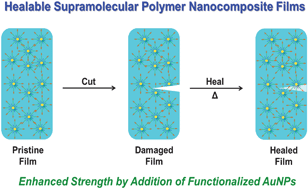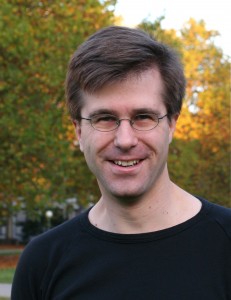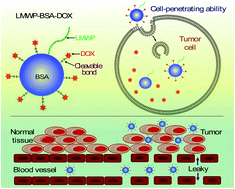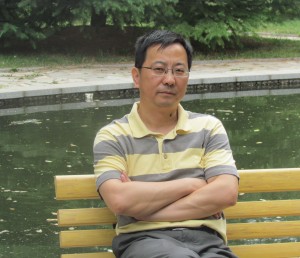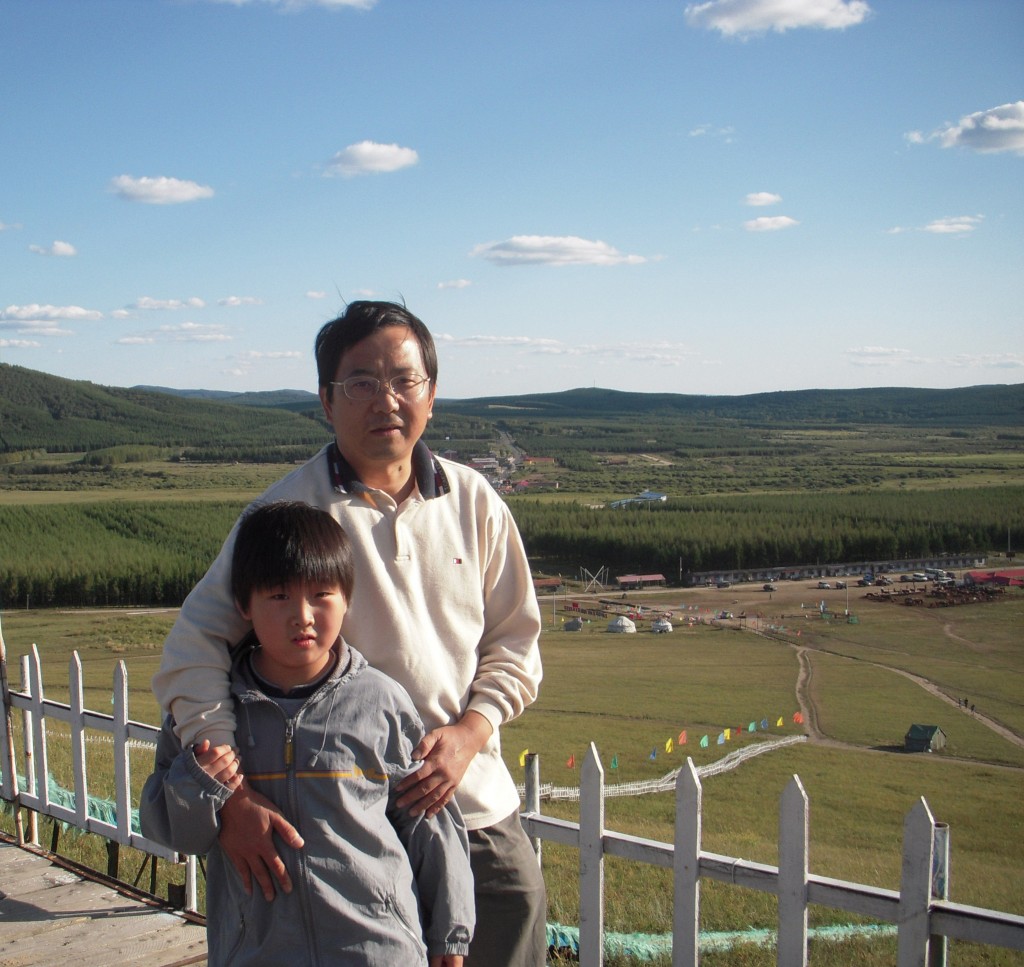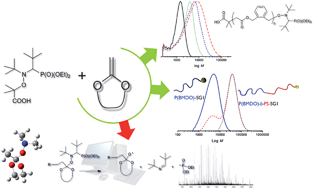This month sees the following articles in Polymer Chemistry that are in the top 10 most accessed from July – September.
Thiol-ene “click” reactions and recent applications in polymer and materials synthesis
Andrew B. Lowe
Polym. Chem., 2010,1, 17-36
DOI: 10.1039/B9PY00216B
Low band-gap benzothiadiazole conjugated microporous polymers
Shijie Ren, Robert Dawson, Dave J. Adams and Andrew I. Cooper
Polym. Chem., 2013,4, 5585-5590
DOI: 10.1039/C3PY00690E
Diels–Alder reactions for carbon material synthesis and surface functionalization
Nicolas Zydziak, Basit Yameen and Christopher Barner-Kowollik
Polym. Chem., 2013,4, 4072-4086
DOI: 10.1039/C3PY00232B
End-functional stereoregular poly(methyl methacrylate) with clickable C?C bonds: facile synthesis and thiol–ene reaction
Yasuhiro Kohsaka, Takashi Kurata and Tatsuki Kitayama
Polym. Chem., 2013,4, 5043-5047
DOI: 10.1039/C3PY00799E
Synthesis of multi-responsive polymeric nanocarriers for controlled release of bioactive agents
Xiaohong Wang, Guohua Jiang, Xia Li, Bolin Tang, Zhen Wei and Caiyi Mai
Polym. Chem., 2013,4, 4574-4577
DOI: 10.1039/C3PY00746D
Selective CO2 capture in an imine linked porphyrin porous polymer
Venkata S. Pavan K. Neti, Xiaofei Wu, Shuguang Deng and Luis Echegoyen
Polym. Chem., 2013,4, 4566-4569
DOI: 10.1039/C3PY00798G
Main-chain photoresponsive polymers with controlled location of light-cleavable units: from synthetic strategies to structural engineering
Qiang Yan, Dehui Han and Yue Zhao
Polym. Chem., 2013,4, 5026-5037
DOI: 10.1039/C3PY00804E
Autonomous self-healing of poly(acrylic acid) hydrogels induced by the migration of ferric ions
Zengjiang Wei, Jie He, Tony Liang, Hyuntaek Oh, Jasmin Athas, Zhen Tong, Chaoyang Wang and Zhihong Nie
Polym. Chem., 2013,4, 4601-4605
DOI: 10.1039/C3PY00692A
One pot synthesis of a poly(3-hexylthiophene)-b-poly(quinoxaline-2,3-diyl) rod–rod diblock copolymer and its tunable light emission properties
Zong-Quan Wu, Deng-Feng Liu, Ying Wang, Na Liu, Jun Yin, Yuan-Yuan Zhu, Long-Zhen Qiu and Yun-Sheng Ding
Polym. Chem., 2013,4, 4588-4595
DOI: 10.1039/C3PY00708A
Highly stretchable and resilient hydrogels from the copolymerization of acrylamide and a polymerizable macromolecular surfactant
Mei Tan, Tingting Zhao, He Huang and Mingyu Guo
Polym. Chem., 2013,4, 5570-5576
DOI: 10.1039/C3PY00745F
Why not take a look at the articles today and blog your thoughts and comments below.
Fancy submitting an article to Polymer Chemistry? Then why not submit to us today!













